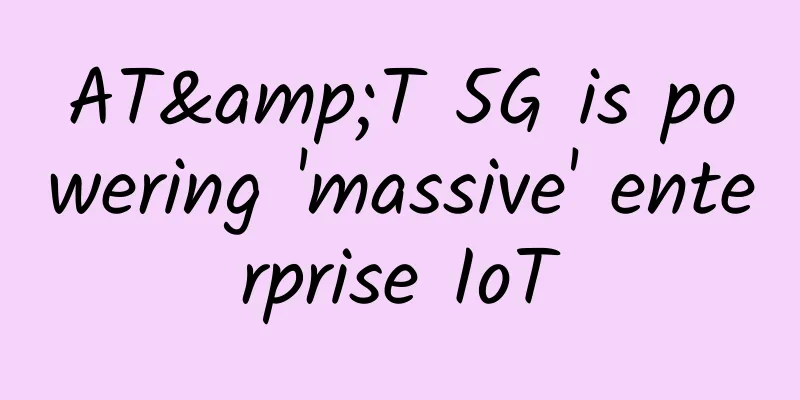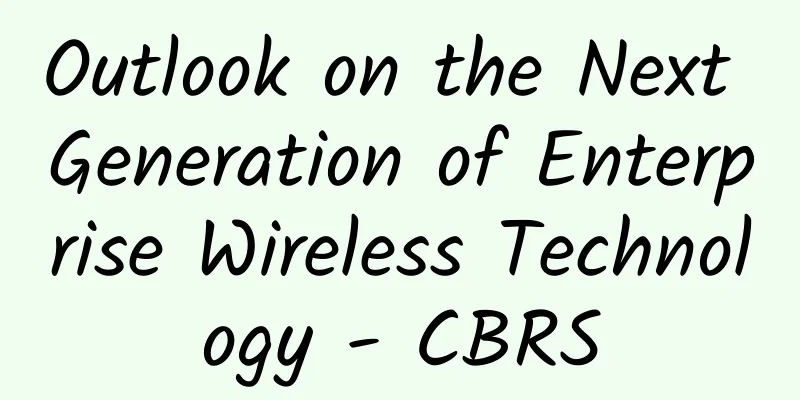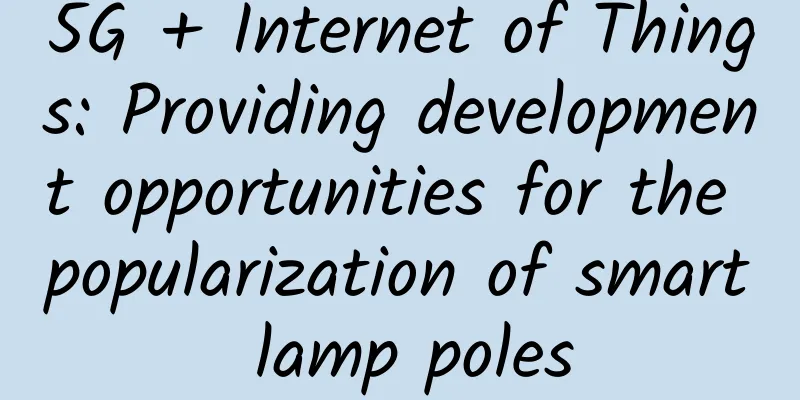AT&T 5G is powering 'massive' enterprise IoT

|
US-based telecom operators have been working on how their shiny new 5G networks can support enterprise Internet of Things (IoT) deployments to unlock the latent potential of wireless 5G to accelerate enterprise connectivity. Not to be outdone, AT&T has revealed that it is implementing sub-6 GHz 5G access for enterprise IoT deployments.
The Internet of Things is not a single technology, but an ecosystem of technologies, processes, and devices that promises to drive significant change in organizations. Together with sensors, gateways, integrated analytics, and reporting tools, the Internet of Things is all about leveraging data insights and automation to drive real-time business decisions. The touted connectivity enhancements of 5G, including blazing speeds and ultra-low latency, have put the standard name on the map alongside IoT applications for some time now. In fact, before the widespread rollout of 5G, U.S. carriers including AT&T have already been trying to use their wireless networks for IoT through technology based on LTE, the predecessor to 5G. In 2019, AT&T launched a nationwide narrowband IoT (NB-IoT) network on its LTE-M network, which is capable of supporting lower bandwidth requirements typically in the kilohertz range. Today, AT&T says its 4G LTE and low-power IoT cellular networks are currently managing millions of connected devices across industries and public safety, and are supported by managed services running on a platform provided by Cisco. In the not-too-distant past, networks like NB-IoT and Cat-M supported low-power smart devices like asset tracking sensors and smart meters because they had less complexity and didn’t consume as much data. Based on existing infrastructure and easier to deploy, NB-IoT and Cat-M technologies are estimated to account for 46% of all cellular IoT connections by 2026, according to Ericsson’s latest June Mobility Report. Now, AT&T and Cisco are opening up access to sub-6GHz 5G frequencies, with an announcement last week focused on customers of AT&T’s Control Center cloud IoT management platform. The Cisco Jasper-powered platform allows enterprises to gain full visibility into all IoT devices on their network and monitor data usage. The operator appears to be moving beyond its existing low-bandwidth market share toward more advanced future enterprise opportunities enabled by widespread 5G, with AT&T covering up to 251 million people with sub-6GHz 5G spectrum, and also leveraging appropriately deployable spectrum for 4G LTE as well. While officials see support for NB-IoT and LTE-M devices continuing into at least the next decade, AT&T points out how various industries will benefit from 5G's IoT advantages, with its increased bandwidth and lower latency powering the automotive and entertainment industries. On the production line, 5G can facilitate smart cameras to virtually monitor and identify defects on the production line in real time, thereby reducing waste. Meanwhile, AT&T earlier announced that it had reached its first 5G connected car deal with General Motors, and the operator welcomed faster media streaming and downloading experiences and other 5G benefits such as more entertainment, navigation and software updates. “Together with Cisco, we continue to help enterprises deploy IoT devices and applications faster and more securely, getting more value from the devices they use,” William Stovall, vice president of AT&T Mobility, IoT and 5G, said in a statement. “This is an important first step toward IoT connectivity at scale, which will ultimately create opportunities for enterprises to realize the full potential of IoT.” AT&T also said that for suppliers and users of mobile personal emergency devices for 5G IoT, "the faster response times provided by 5G can increase independence and a greater sense of security." AT&T will shut down its 3G network in February 2022, raising concerns about the nearly 6 million alert systems supported by U.S. cellular data networks, including wearable health IoT devices used to monitor the elderly or at-risk populations and alert emergency responders when needed. |
>>: "Interview Eight-part Essay" Network Volume 19
Recommend
Huawei's Hou Jinlong: Grow together with global developers and win together in the new era of computing
On March 27, at the Huawei Developer Conference 2...
Prospects and challenges of 5G messaging development
With the rapid development and popularization of ...
Unified Communications Market Trends Drive Spending Growth
Investment in on-premises unified communications ...
EU plans to develop regulatory "blacklist" Facebook and Apple may be on the list
It is said that the EU's move is aimed at lim...
Common status codes and usage scenarios in HTTP
Hello everyone, I am the front-end developer. Tod...
In the 5G era, Ruijie Networks' all-dimensional evolution of carrier data center capabilities
After the 5G commercial license was issued, the M...
3G in the US is about to be phased out! But how difficult is it to reduce the frequency of 2G/3G in China?
The withdrawal of 2G/3G networks is an inevitable...
In the next ten years, the WiFi module market will usher in rapid growth
According to market research by Market.us, the gl...
Hosteons France/Germany data centers are online, $17.99/year-1GB/20G NVMe/2TB@10Gbps
Hosteons announced the launch of VPS in French (P...
5G concept is being hyped, operators should not be too greedy
[[263546]] 5G has received great attention since ...
The operating data of the three major operators in 2018, how did they perform this year?
2018 has passed. This year was a year of hard wor...
What is the difference between HTTP and RPC?
HTTP (Hyper Text Transfer Protocol), also known a...
4G is already fast enough, why do we need 5G?
Whether it is the development of the Internet or ...
10gbiz: Hong Kong/Los Angeles VPS 60% off from $2.76/month, CN2 GIA line, Hong Kong dedicated server first month from $36.57
I received an October promotion from 10gbiz, offe...
Let's talk about Ocelot gateway using IdentityServer4 authentication
[[387801]] This article is reprinted from the WeC...









